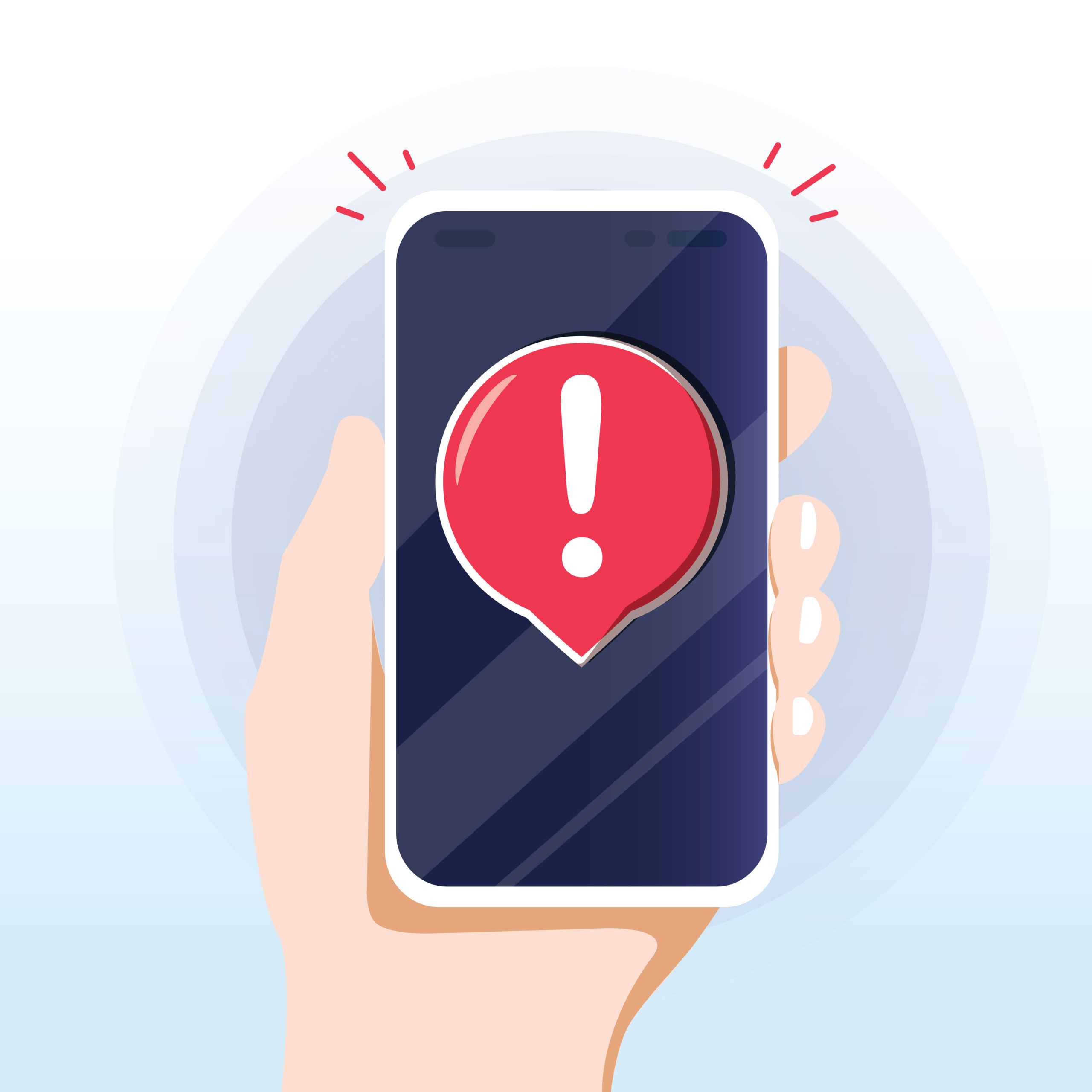
If your stress levels go up during the day and you feel like you can’t get anything done, it could be those push notifications and alerts that are the cause of your frustration.
The average smartphone user in the US receives 46 app push notifications every day, and that doesn’t even include the notifications you may be getting on your desktop computer too.
Alerts can be helpful, like knowing when Amazon has delivered a package. But when multiplied, they add up to daily distraction and a feeling of being overwhelmed.
If your home security system detects motion from a dog walking by, you get an alert. If a colleague adds a note in Microsoft Teams, you get an alert. If someone “likes” that motivational meme you posted on Twitter, you get an alert. Today’s digitized culture has caused many people to suffer from “alert overload.”
Participants in a study that went without alerts for just 24 hours showed a noticeable improvement in concentration and lower stress levels. This is because all those alerts constantly interrupt you throughout the day.
Task switching, which is caused by alerts, can reduce productivity by 40%.
When you have your attention taken away by an alert, you’re immediately switching your focus to another task. And even if it’s only for a minute, it can take you over 20 minutes to get back to the same mental concentration point that you were in before the interruption.
Learning how to tame your alerts can not only boost your productivity, but also be good for your mental health.
Tackling Alert Overload to Improve Your Wellbeing
Those apps we install on phones and desktop computers are positioned as trying to be helpful by flashing up a banner or sound alert when something happens, but multiply “helpful” by the number of apps you use on a weekly basis, and it’s anything but.
Here are some ways you can take control over alerts to gain more control over your life.
Use Batch Work Practices to Replace Alerts
If you’re constantly being taken off task to check that email that you just saw come in, then it’s hard to get anything done and the task you’re trying to accomplish takes much longer due to all the interruptions.
Practice doing work, like checking emails, in a “batch.” Meaning instead of being constantly pulled away when you catch sight of an email banner flashing on your screen, set certain times a day to check email.
How often, will depend upon how urgent the emails you get usually are, but starting with a “Morning, Before Lunch, and Late Afternoon” schedule could be a good place to begin.
Other things you can consider turning off alerts for and doing in a batch instead are:
- Team chat messages (in programs like Slack or Teams)
- Social media posting/replies (if you contribute to your team’s SM marketing)
- Taking/returning phone calls
- Giving updates or asking your team non-urgent questions
Prioritize Your Updates & Turn Off Non-Urgent Ones
When an app is first installed, it will usually default to having alerts on, so we just end up with more alerts than we need instead of taking control.
Go through all the types of alerts you may have for different apps and decide which you can switch to a batch work process, and which you don’t absolutely need to know about immediately. Once you’ve identified those, turn their alerts off.
While you may have some alert separation anxiety at first, remember that you can always log into a particular program when needed to check for updates.
Only keep on those alerts that are absolutely vital that you know about immediately, such as Slack messages from your boss. You can always turn an alert back on later if you find it’s a problem having it off, but more than likely, you’ll begin feeling much less stressed and more in control once you’ve turned them off.
PS: Don’t forget to turn off those email alert banners, they’re one of the biggest interruption offenders because emails come in usually every 10 or 15 minutes for most people.
Utilize the Status Settings in Apps
Apps like Slack have settings that are specifically designed to allow you to take control of your alerts rather than letting them control you. Look for specific alert settings in your apps such as:
- Away or Do Not Disturb Mode
- How to get an alert, i.e. by silent email rather than banner or sound
- Activities for which alerts happen, i.e. only when your @name is mentioned
- Availability setting that will be standard every day
Try Three Days Without Any Alerts
If you’re still not sure about turning off your alerts and worried that you’ll be missing out on something, try turning off alerts for three days and instead check in with your apps and email at certain times per day.
You might find that after those three days, you haven’t missed anything and feel so much less stressed that you don’t want to go back.
Get Help Streamlining Your Technology from Cris’s Tech Repair
Technology is supposed to be there to support you, not make your life more stressful. Often all you need is a little help from a pro to streamline your technology and give you more control.
Contact us today for an IT streamlining consultation at 561-985-4961 or through our website.
